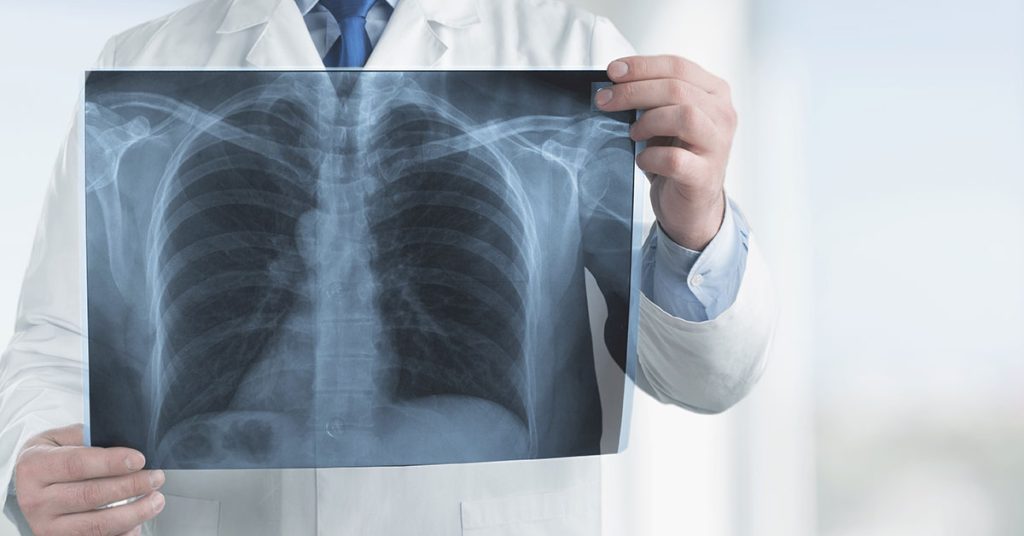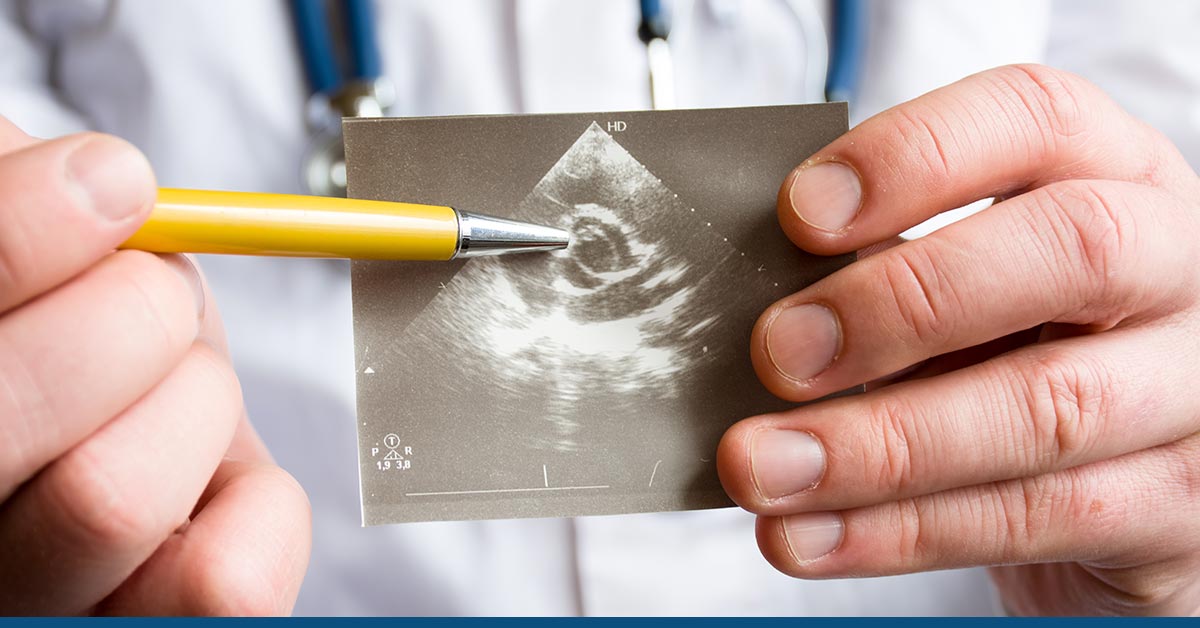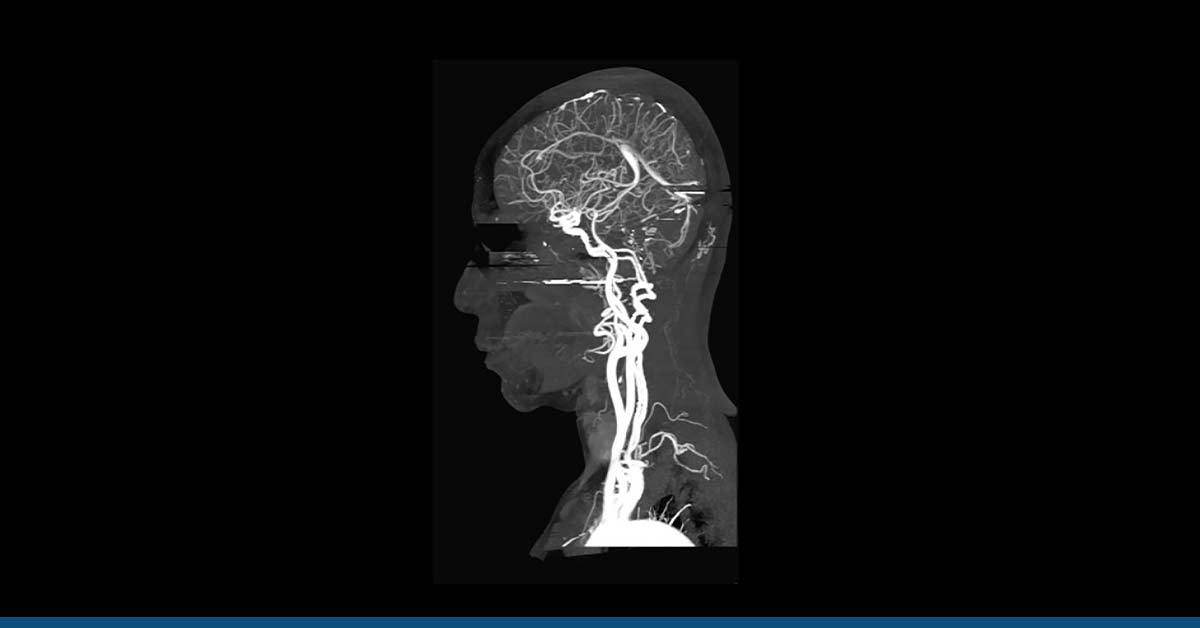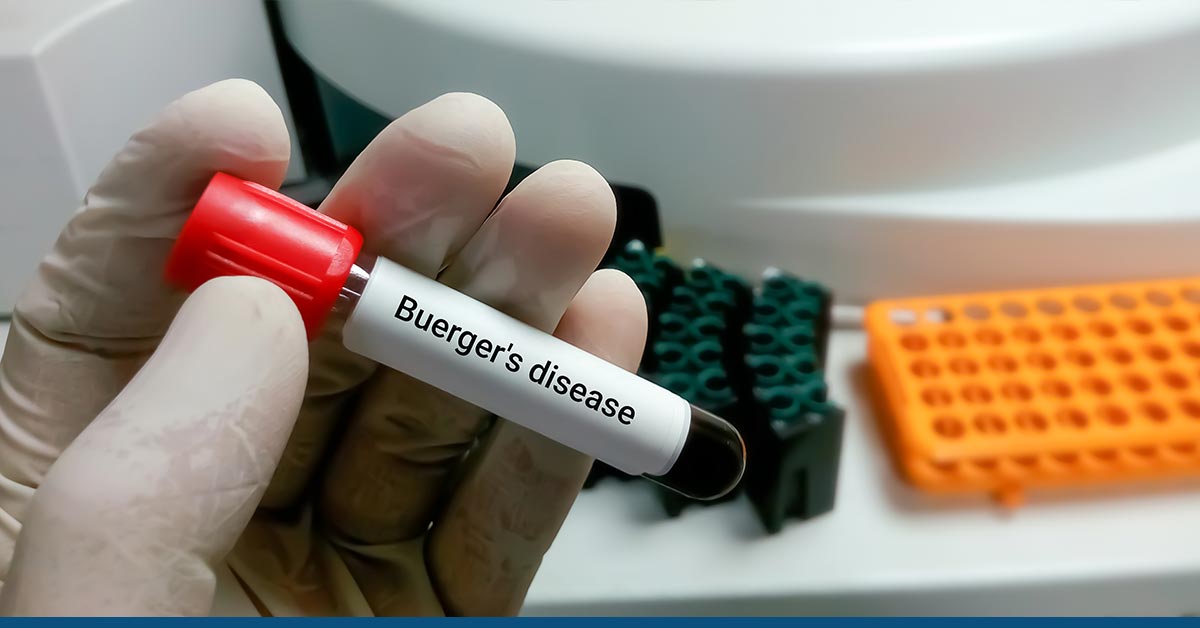Pulmonary fibrosis has an occurrence rate of 13 to 20 per 100,000 people. In the US alone, 100,000 people get affected by the disease, and about 30 to 40 thousand new cases appear each year. Does smoking cause pulmonary fibrosis? Let us find out.
Table of Contents
ToggleWhat is pulmonary fibrosis?
Fibrosis means the hardening or scarring of tissue, and pulmonary relates to the lungs. Pulmonary fibrosis, or idiopathic pulmonary fibrosis (IPF), is a terminal lung disease that occurs due to aggressive scarring of the lung tissue. The lungs have tiny air sacs called alveoli that have walls as thin as 0.00004 inches. These thin membranes allow efficient gaseous exchange with the surrounding capillaries. Our lungs can contain up to 480 million alveoli!
However, when the alveolar walls become thick and hardened, they fail to exchange gases efficiently, and despite the large number of alveoli, the person finds it difficult to breathe.
Symptoms of pulmonary fibrosis
IPF usually occurs in older people above 70 years of age and is uncommon in people under 50. It is a progressive disease and shows its symptoms over time. Since it occurs at an older age, many people consider its symptoms as symptoms of aging and do not consider it serious. Its symptoms include:
- Non-stop, dry and hacking cough
- Loss of appetite
- Gradual and unexplainable loss in weight
- Clubbing or rounding of the tip of a finger or toes due to inadequate amounts of oxygen
- Aching in the joints and muscles
- Shortness of breath
- Exhaustion or weariness
Does Smoking Cause Pulmonary Fibrosis?
Idiopathic is a term used for diseases whose cause remains unknown. There are many different kinds of pulmonary fibrosis, and often, the reason for its occurrence remains unknown. Hence, it is known as idiopathic pulmonary fibrosis. However, researchers have linked IPF to many factors:
Genetics
Gene mutation can result in pulmonary fibrosis. According to research, 15% of the cases of pulmonary fibrosis show mutations in the genes TERT and TERC. It is likely that the genes get mutated and set a pathway for the lungs to become diseased, and environmental factors trigger that. These environmental factors include:
- Certain types of wood or metal particles, or asbestos. Other types of toxins include coal dust, silica dust, and grain. That is why farmers, polishers, miners, construction workers, ranchers, and hairdressers are at an increased risk of acquiring the disease.
- Infections caused by viruses or bacteria
- Exposure to certain types of allergens in the air such as feathers, bird or animal droppings, or molds
Side-effects of medicine
Pulmonary fibrosis can also result as a side effect of medication or treatment. Such medicine includes drugs for treating cancer, such as cyclophosphamide and methotrexate. Antibiotics such as ethambutol and amiodarone, which treat an irregular heartbeat may damage the lungs and make them prone to pulmonary fibrosis.
Diseases
Autoimmune diseases such as scleroderma (systemic sclerosis) or rheumatoid arthritis have also proven to increase the chances of IPF.
Radiation
Radiation therapy has shown to increase the risk of pulmonary fibrosis. Certain factors such as the time the patient stayed exposed to radiation, the use of chemotherapy, and the part of the lung that was exposed to radiation can increase or decrease the severity of pulmonary fibrosis. Furthermore, radiation on top of a pre-existing lung condition can worsen the onset of the disease.
Familial Pulmonary Fibrosis
People with a family history of IPF are more exposed to it. In fact, 1 in 20 people having IPF also has another family member with the same condition. This type of pulmonary fibrosis is known as familial pulmonary fibrosis. However, researchers are still unaware of how that is possible since people who inherit altered genes do not necessarily have IPF, while those who do not inherit it may have the disease.
GORD
Some people have gastro-oesophageal reflux disease (GORD), in which the person experiences burning sensations in the chest because of stomach acids traveling to the esophagus. Researchers have linked GORD as a risk to pulmonary fibrosis, but there is not enough research to verify the theory.
Smoking
Smoking is notoriously known to cause many lung diseases such as emphysema, COPD (chronic obstructive pulmonary disease) and lung cancer. However, does smoking cause pulmonary fibrosis?
Smoking is said to influence the onset of pulmonary fibrosis. In a study by K B Baumgartner, researchers tested 248 people and made another 491 control subjects. The study showed that people with a history of smoking had a higher chance of having IPF, and those with the highest risk were the ones who had quit smoking recently.
However, there is not enough proof to show how smoking causes the disease exactly. Researchers at Bio Med Central examined 17 current smokers, 66 ex-smokers, and 45 non-smokers, all having IPF. The study concluded that smoking impacts the onset of IPF since, in comparison to non and ex-smokers, current smokers had the disease at an earlier age. However, to answer how smoking causes IPF is still unknown, and the topic requires further investigation. Another 2012 research carried out by Pub MedCentral on smoking and pulmonary fibrosis had a similar conclusion.
The best way to understand the effect of smoking on IPF would be to divide the patients based on their smoking habits and compare treatment results of smokers and non-smokers.
Diagnosis
When you visit the doctor, you may have to go through several diagnostic tests to identify pulmonary fibrosis.
Imaging Tests
A chest X-ray shows an image of your chest and can help doctors identify any scarring of the lungs. However, if a chest X-ray is not successful in detecting the issue in the lungs, a computerized tomography (CT) scan can help figure out the problem. A CT scan takes X-ray images of the body from different angles producing a detailed cross-sectional image of the internal body structure. CT scans help diagnose pulmonary fibrosis.
Biopsy
In this test, a doctor inserts a small tube called a bronchoscope into your lungs through the nose or mouth. A small sample of tissues is picked from the lungs and tested.
Tests to check lung function
There are many several ways in which doctors check lung function. A simple test is an exercise stress test in which the technician will monitor your lung function when you use a treadmill or cycle. They may also do a blood test to check oxygen levels or lung capacity to reach a definite conclusion.
Stay cautious
Remember that smoking is injurious to health and does not only cause pulmonary fibrosis but many other lung diseases. Smoking accounts for 90 percent of the deaths caused by COPD and lung cancer and kills 480,000 people in the US annually. If you are a smoker, try to rid the habit, and if you are considering becoming one, read up on its disastrous effects.
Even though the effects of pulmonary fibrosis are irreversible, you can slow down its progression via treatment or improve the symptoms. Pulmonary fibrosis does not mean the end. You can have a better lifestyle too. At HG Analytics, we carry out many screening tests related to the respiratory system. If your doctor recommends a test, we may have the test you need to get done.





